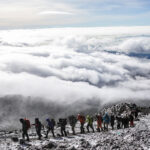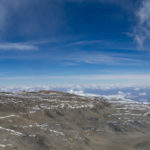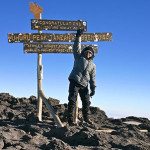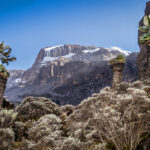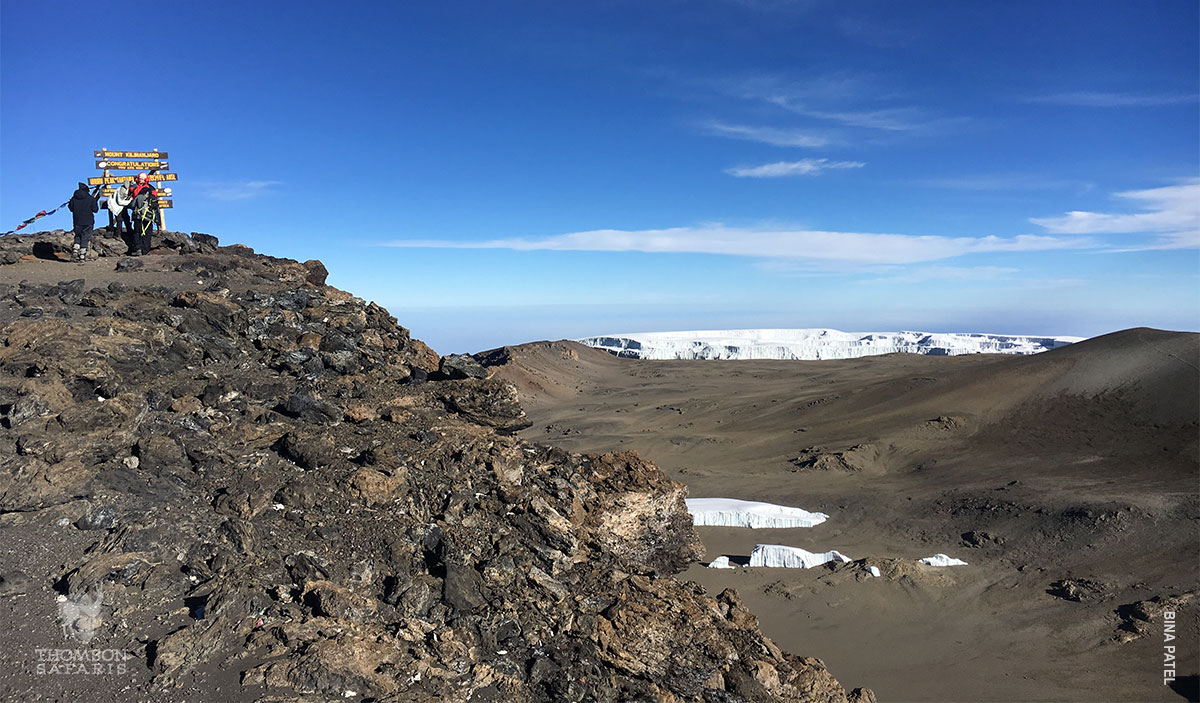
It’s a question we’re asked all the time—which makes sense given Kilimanjaro’s epic proportions! On Everest climbs, bringing supplemental oxygen is a matter of course, and some companies tell trekkers they’ll provide it on Kili as an extra “boost” meant to reduce the more unpleasant symptoms of altitude.
Still, the short answer is “no.”
In fact, not only is supplemental oxygen unnecessary on Kilimanjaro, providing it can pose a grave health risk.
Pulmonary or Cerebral Edema (liquid in the lungs and brain, respectively) are potentially deadly side-effects of exposure to extreme altitude. Both are unlikely, and both are treatable…but not by oxygen alone.
Continual oxygen during a climb might help alleviate the headaches, nausea, and shortness of breath common at altitude. However, when these symptoms become severe, it’s the body’s warning sign of more serious problems; masking them puts a climber at risk.
Dr. Peter Hackett, Executive Director of the Institute for Altitude Medicine and the founder of the Wilderness Medicine Society (among other distinctions), details the dangers in his book Mountain Sickness: Prevention, Recognition, and Treatment:
“More than once…someone with high altitude pulmonary edema was treated with oxygen only, and not descent, and over the next 8-12 hours developed cerebral edema as well… the distinction between one [illness] and the other is not really important, for their significance is the same—death may be only hours away, and immediate action is indicated.”
In those cases, Hackett recommends “three rules for treatment: 1) descent, 2) descent, 3) descent!” He goes on to note that this is when oxygen should be administered—not before.
Thomson carries emergency oxygen—as well as Gamov bags, AED units (defibrillators), pulse oximeters to monitor health, and a host of other emergency medical equipment—on every trek.
Guides are trained to recognize the signs of potentially-dangerous acute mountain sickness, and respond accordingly.
That might include a steady supply of oxygen…as part of a descent. Because reaching the summit matters, but not nearly as much as doing it safely.

